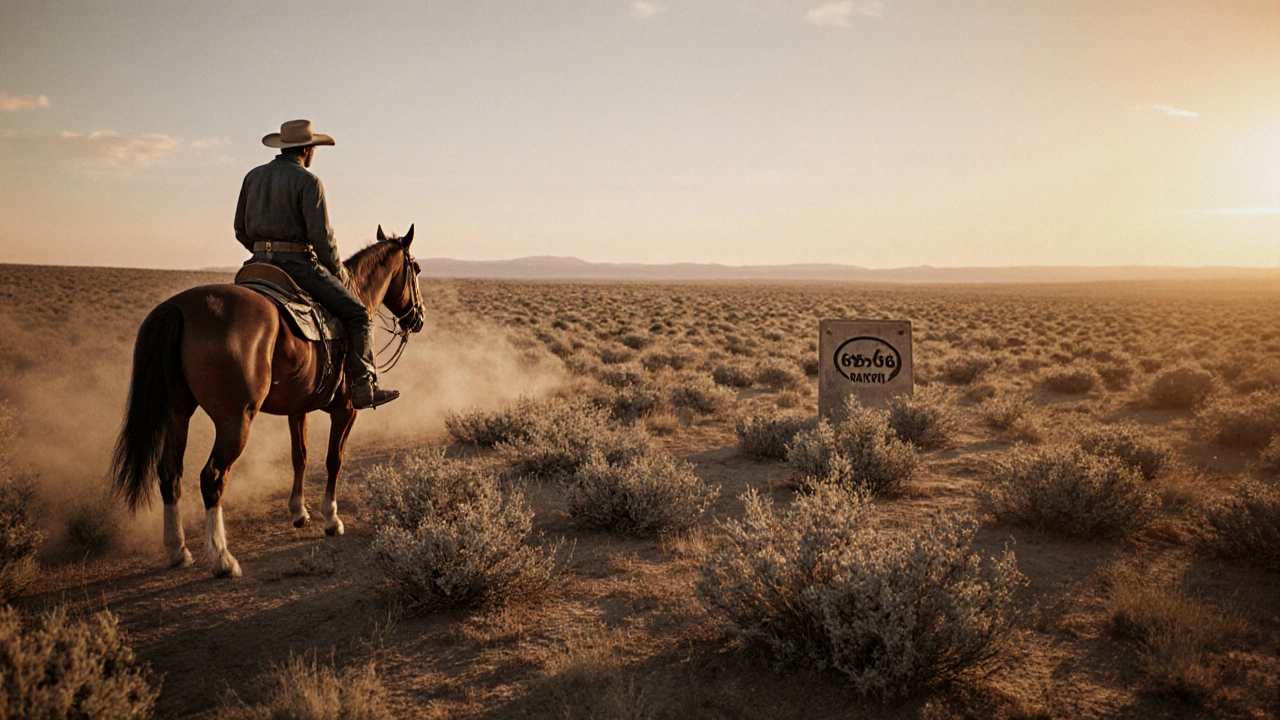Who Owns the 6666 Ranch? Ownership, Valuation, and Investment Angles
When investigating 6666 Ranch, a historic 27,000‑acre cattle operation in Texas known for its iconic brand and sprawling terrain. Also called the Six‑Six‑Six‑Six Ranch, it illustrates how large‑scale land can shift hands, affect local economies, and spark tax questions. Understanding its ownership is the first step before you consider the commercial property valuation, the process of estimating market value for income‑producing real estate or the broader land ownership, legal rights and responsibilities tied to a parcel of land that comes with a name like 6666 Ranch.
This tag brings together articles that tackle the mechanics of valuing massive estates, the tax implications of owning such a property, and the rules that govern how a ranch can be bought, sold, or transferred. For example, knowing the who owns the 6666 ranch question helps you gauge the real estate investment, the strategy of allocating capital into property for income or appreciation potential. If an investor spots a new owner, they might anticipate changes in management style, cattle operation focus, or even a shift toward tourism.
Why Ownership Details Matter for Valuation and Taxes
Ownership directly influences the commercial property value, because buyers assess risk, revenue streams, and market perception based on who holds the title. A well‑known family or corporation often brings credibility, which can raise the price by up to 15 % in comparable sales. Conversely, a sudden sale to an unknown entity can lower confidence, prompting buyers to demand discounts. Tax authorities also look at ownership to decide property tax rates, especially in Texas where the appraisal district classifies land use and improvement levels.
Every time the deed changes hands, the new owner must file a transfer declaration with the county clerk, triggering potential reassessment. That reassessment can affect the annual tax bill, sometimes adding tens of thousands of dollars for a ranch of this size. Articles in our collection walk you through the filing steps, the documentation required, and the timelines you should expect. They also highlight common pitfalls, like overlooking mineral rights or water access, which can dramatically alter the tax base.
Beyond taxes, ownership shapes how the ranch is managed. A traditional cattle operation focuses on herd health, grazing patterns, and market timing for beef sales. An investor with a tourism angle may invest in cabins, hunting leases, or event spaces, changing the income profile and therefore the valuation model. The shift from pure agriculture to mixed‑use can raise the cap rate used in valuation calculations, making the property more attractive to certain buyers.
Our posts also cover the legal backdrop of land ownership in Texas. The state follows a “fee simple” model, meaning the owner holds the most complete bundle of rights—sell, lease, develop, or pass on to heirs. However, easements for pipelines, wildlife corridors, or historic preservation can limit those rights. Understanding these constraints is key before you chase a deal on a landmark property like the 6666 Ranch.
If you’re a prospective buyer, you’ll want to know the current owner’s motivations. Are they looking to liquidate for retirement? Are they seeking a partner for a joint venture? Articles in this tag dive into negotiation tactics, financing options, and how to structure a deal that respects both parties’ goals. For example, seller financing can bridge gaps when traditional lenders shy away from large‑scale farmland loans.
Investors also need to think about future resale potential. The 6666 Ranch’s brand carries weight; a name recognized worldwide can command premium prices. But brand alone isn’t enough—buyers will still examine cash flow statements, land productivity metrics, and environmental compliance reports. Our guides explain how to read those statements, what ratios matter, and when to bring in a professional appraiser.
Lastly, the ranch sits in a region with specific market trends. Texas cattle prices have risen 12 % over the past two years, while water scarcity concerns are prompting buyers to prioritize sustainable grazing practices. The posts linked below discuss these trends, giving you a snapshot of the macro forces that could swing the ranch’s value up or down.
All of these angles—ownership, valuation, taxes, legal structure, and market dynamics—come together to answer the core question: who truly owns the 6666 Ranch and what does that mean for you? Below you’ll find a curated set of articles that break each piece down into practical steps, real‑world examples, and actionable advice. Dive in to see how each factor plays out, and use the insights to make an informed decision whether you’re buying, selling, or simply curious about one of Texas’s most iconic estates.
Who Owns the 6666 Ranch? Uncovering the Family Behind the Four Sixes
by Arjun Mehta Oct 12 2025 0 LandDiscover the family behind the legendary 6666 Ranch, its ownership structure, operations, and how it compares to other iconic Texas ranches.
READ MORE